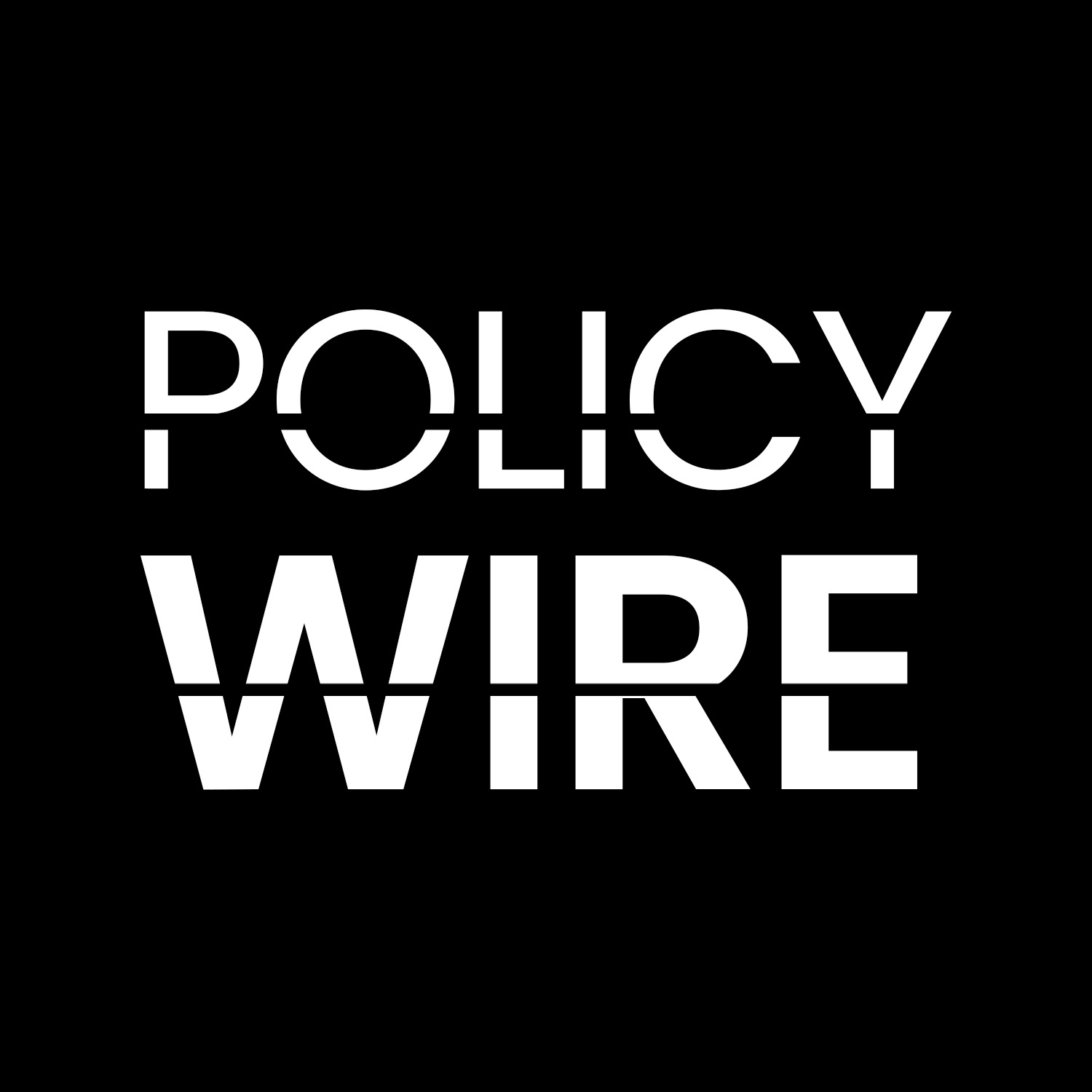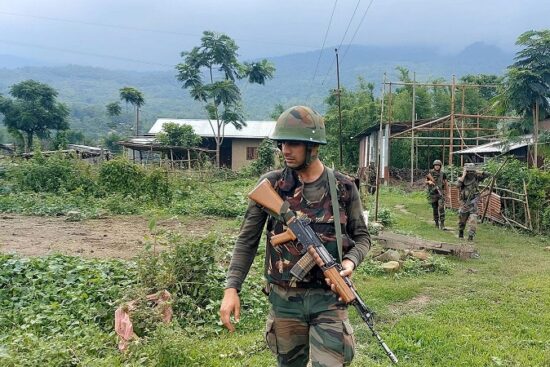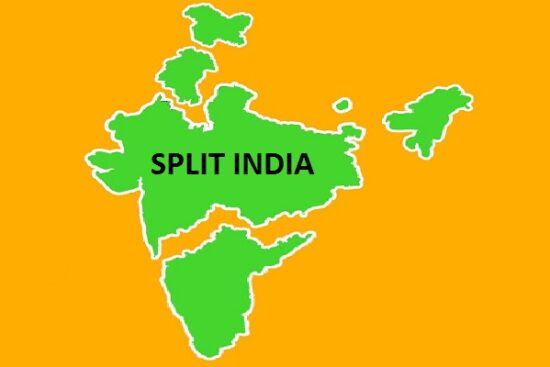
“5th generation warfare poses significant challenges for Pakistan through cyber attacks, disinformation, and internal strife. Strengthening cybersecurity, countering disinformation, and building economic and social resilience are key to maintaining stability and security.”
In an era where traditional warfare has taken a backseat, 5th generation warfare (5GW) has emerged as the predominant method of conflict. Characterized by its amorphous nature, 5GW leverages psychological operations, disinformation, cyber attacks, and the manipulation of social narratives to achieve strategic objectives. For Pakistan, a country often caught at the crossroads of regional and global geopolitical interests, the challenges posed by 5GW are multifaceted and significant.
Understanding 5th Generation Warfare
5th generation warfare transcends the conventional battlefield, targeting the very psyche and cohesion of a nation. Unlike traditional wars, which are fought with tanks and artillery, 5GW employs more insidious methods: cyber attacks to cripple infrastructure, disinformation campaigns to sow discord, and the strategic manipulation of media to influence public perception. These tactics aim to destabilize the enemy internally, creating chaos and uncertainty without a single shot being fired.
The Hybrid Threat Landscape
Pakistan, with its strategic location and complex socio-political fabric, finds itself particularly vulnerable to 5GW. The hybrid warfare tactics employed against the country come from both international adversaries and domestic actors, creating a multifront battle that spans various domains.
Cyber Threats and Disinformation Campaigns
The digital revolution has transformed the battleground, with cyber attacks becoming a tool of choice for state and non-state actors alike. Pakistan has faced numerous cyber assaults aimed at critical infrastructure, government databases, and financial institutions. For instance, the Pakistan Air Force faced a significant cyber breach in 2019, highlighting the vulnerability of even the most secure networks. Disinformation campaigns, often orchestrated through social media, aim to undermine public trust in government institutions and create social unrest. These campaigns frequently exploit existing societal fissures, such as ethnic and sectarian divides, to amplify their impact. In recent times, certain political and ethnic dissidents employed the tactics of 5th generation warfare to spread disinformation through organized channels, disrupting peace and unity of the nation. 9th May Riots is one of the examples where disinformation and hatred led campaigns of certain groups plunged the nation into chaos. Another notable example of 5th generation warfare from external sources is the fake news and propaganda circulated during the Pulwama crisis in 2019, which exacerbated tensions between Pakistan and India and the recent fake breach of LOC by Pakistan SSG commandos in AOR of India in IIOJK spread by Indian news outlets.
Economic Sabotage and Proxy Wars
Economic stability is a critical component of national security, and Pakistan’s economy has often been a target of hybrid warfare. Economic sanctions, pressure from international financial institutions, and manipulative trade practices are tools used to destabilize the economy. Additionally, proxy wars fought within and around Pakistan’s borders drain resources and divert attention from development priorities. The FATF grey listing of Pakistan and India’s organized campaign around it evidenced by the EU Disinfo lab reports, presents the dangers of economic sabotage. Besides, the ongoing conflict in Afghanistan has had a spillover effect on Pakistan, with militant groups like the Tehrik-i-Taliban Pakistan (TTP) exploiting the porous border to launch attacks, where enemies of Pakistan are using the militant groups as proxies to spread terrorism in the country, which is evident by the surge in terrorist attacks in Pakistan since 2023.
Internal Strife and Sectarian Violence
Internally, Pakistan faces challenges from insurgent groups and extremist organizations that seek to exploit the state’s vulnerabilities. These groups often receive support from foreign entities, blurring the lines between domestic terrorism and international warfare. The rise of sectarian violence, particularly in regions like Balochistan, Parachinar and Gilgit Baltistan, is a direct manifestation of hybrid tactics aiming to fracture national unity .
Media Manipulation and Psychological Operations
Control over information and media narratives is a key element of 5GW. In Pakistan, media manipulation is used to influence public opinion and political outcomes. This can be seen in the spread of false narratives during elections, which aim to delegitimize the democratic process and create political instability by extremist parties. Psychological operations often involve the dissemination of fear and uncertainty, eroding the public’s confidence in the state’s ability to govern effectively as evident currently in the domestic landscape of Pakistan where the opposition is in full swing to erode public trust in state and state institutions. The government’s initiative to launch Azm-e-Istehkam, which is a holistic campaign to counter the surge in terrorism, is being made deliberately controversial by certain elements and the nation is being psychological manipulated about its efficiency by continuous social media campaigning and hate speech.
Contemporary Challenges and Strategic Responses
The multifaceted nature of 5GW demands a comprehensive and adaptive response from Pakistan. Addressing these challenges requires a multi-pronged strategy that encompasses cybersecurity, social resilience, economic stability, and diplomatic engagement.
Strengthening cybersecurity infrastructure is paramount. Pakistan needs to invest in advanced cyber defense technologies and foster a skilled workforce capable of countering sophisticated cyber threats. Collaboration with international allies and participation in global cybersecurity forums can enhance Pakistan’s defensive posture. The establishment of a dedicated cybersecurity command within the military structure can also centralize efforts and improve coordination .
Developing robust mechanisms to identify and counter disinformation is crucial. This involves not only technological solutions but also public awareness campaigns that educate citizens about the dangers of fake news. Promoting media literacy and critical thinking can empower individuals to discern credible information from falsehoods.
Economic resilience can be bolstered through diversification, strategic alliances, and sustainable development policies. Reducing dependency on external sources for critical resources and enhancing local industries can insulate the economy from external shocks. Engaging with international financial institutions to negotiate favorable terms and exploring new markets for trade can also enhance economic stability.
A proactive approach to internal security involves both military and socio-economic measures. Strengthening intelligence capabilities to preempt and neutralize threats is essential. However, addressing the root causes of insurgency and extremism, such as poverty, lack of education, and political disenfranchisement, is equally important. Implementing development projects in restive regions and ensuring fair political representation can reduce the appeal of militant ideologies .
5th generation warfare presents a complex and evolving threat landscape that challenges traditional notions of security. For Pakistan, navigating this new battlefield requires a comprehensive and adaptive strategy that addresses both external and internal threats. The road ahead is fraught with challenges, but with a concerted and strategic effort, Pakistan can secure its sovereignty and stability in the face of this modern warfare paradigm.



















Leave a Reply